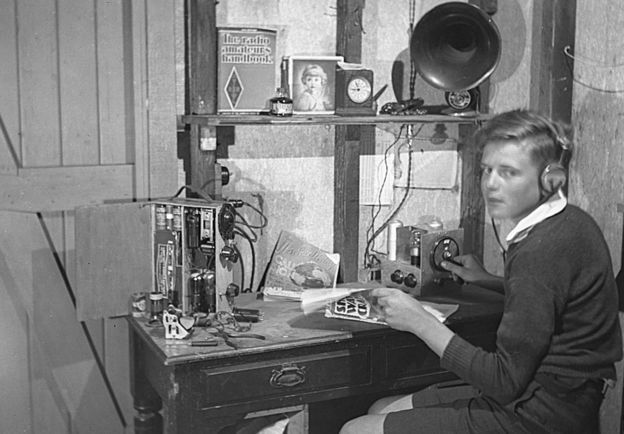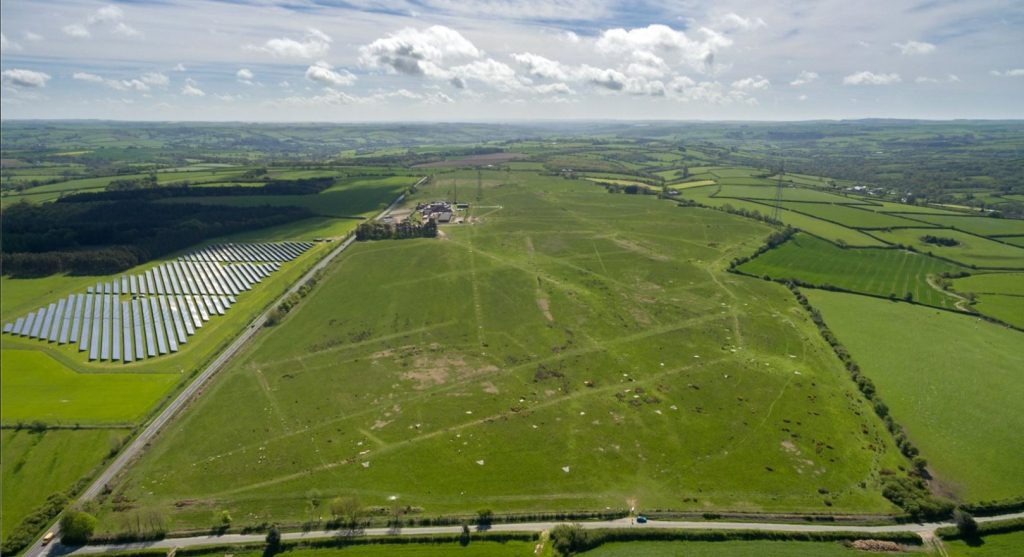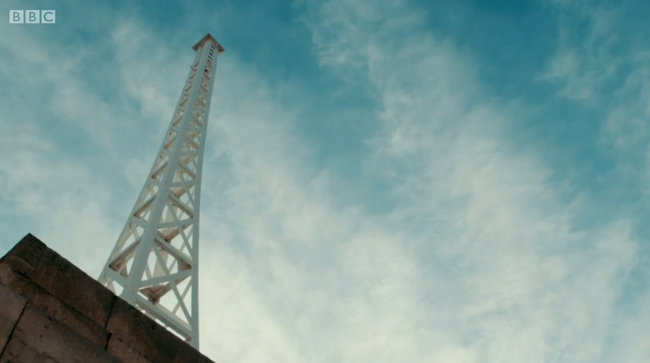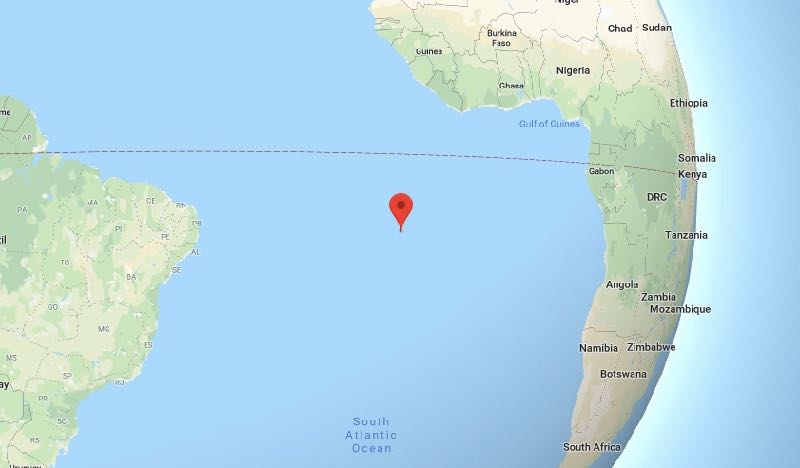
As a schoolboy, David was fascinated by electronics and learned to build his own radio sets (Source: BBC and the Warren Family Collection)
Many thanks to SWLing Post contributor, Paul W4/VP9KFPaul W4/VP9KF, who notes that David Warren, inventor of ‘Black Box’ recorders was a ham radio operator and radio enthusiast.
The following short biography comes from this memorial website:
David Warren (full name David Ronald de Mey Warren) was an Australian inventor. He is most famous for his invention of the Flight data recorder (invented in 1956), or more commonly known as the “black box”
The “Black Box” is a device that records in-flight conversations and data. Warren came up with the idea of recording the flight crew’s conversation on a device that could be protected to increase its chances of surviving the crash. Although it has the name “Black Box”, it is coated with heat-resistant bright orange paint for high visibility in a wreckage, and the Black Box is usually mounted in the aircraft’s tail section, where it is more likely to survive a severe crash.
David Warren was born on the 20th of March, 1925, on Groote Eylandt, an island off the coast of the Northern Territory. He was the first child of European descent born on the island. When he was at the age of four, he was sent to Tasmania and Sydney to spend most of the next 12 years in boarding schools (Launceston Grammar School in Tasmania and Trinity Grammar School in Sydney).
Australia’s first major air crash in 1934 claimed the life of David’s father.
Warren had received a crystal set from his father just before the disaster that started his interest in amateur radio and electronics. Almost 20 years later, when the age of commercial jet aircraft was just beginning, Warren worked as a chemist, specialising in aircraft fuels at the Aeronautical Research Laboratories.
Dr Warren was working as a scientist at Melbourne’s Aeronautical Research Laboratory, where he was helping to investigate the 1953 mystery crash of a Comet jetliner. New fuels being used in Jets in the early 50’s were more likely to become explosive at altitude than conventional aircraft fuels and this was identified as a possible cause of the Comet crash. While listening to the arguments over possible causes of the Crash, Warren realised that the solution could be at hand if someone on the plane had been carrying a device similar to the then newly released “Protona Minifon” portable recorder that he saw at a trade fair.
The device would be fire proof (using steel wire as the recording medium like the “Pocket Recorder”) and erase itself so that the last hours of the flight were always recorded. The device consisted of a single steel wire as the recording medium and provided four hours of recording and automatically switched itself on and off with the aircraft. It was during this period that Dr Warren incorporated the idea of recording instruments on a separate channel – his interest in electronics as a schoolboy was brilliantly applied to turn instrument readings into recordable dots and bleeps.
The recorder was well received in England (where the name “Black Box” was made up by a journalist at a briefing) and also in Canada where the idea was seen as a potential addition to beacons being developed there.
Warren continued to lead the project, developing the Flight Memory device to record more instruments with greater accuracy. This led to the first commercially produced flight recorder-the Red Egg.
A further disaster at Wintoon in 1967 saw Australia become the first country to make both flight data and cockpit voice mandatory on all jets.
While a student at the University of Sydney, David met Ruth Meadows, who became his wife and lifetime supporter. Together, they raised a family and shared an interest in science and education. When he retired, David and Ruth lived in Caulfield South, Victoria, in regular contact with their four children and seven grandchildren.
David died at the age of 85 in 2010, 19 July, Melbourne, Australia. After his death, He was buried in a casket bearing the label “Flight Recorder Inventor; Do Not Open”.
Then in June 2012, the ACT Government named a road, David Warren Road, in the suburb of Hume in recognition of Warren. On 25 March 2014, the Defence Science and Technology Organisation renamed their Canberra headquarters to the David Warren Building.
Thanks for sharing this, Paul! Fascinating…
Note that the BBC recently published an amazing piece about Dr. Warren on the 9th anniversary of his passing–click here to read.






